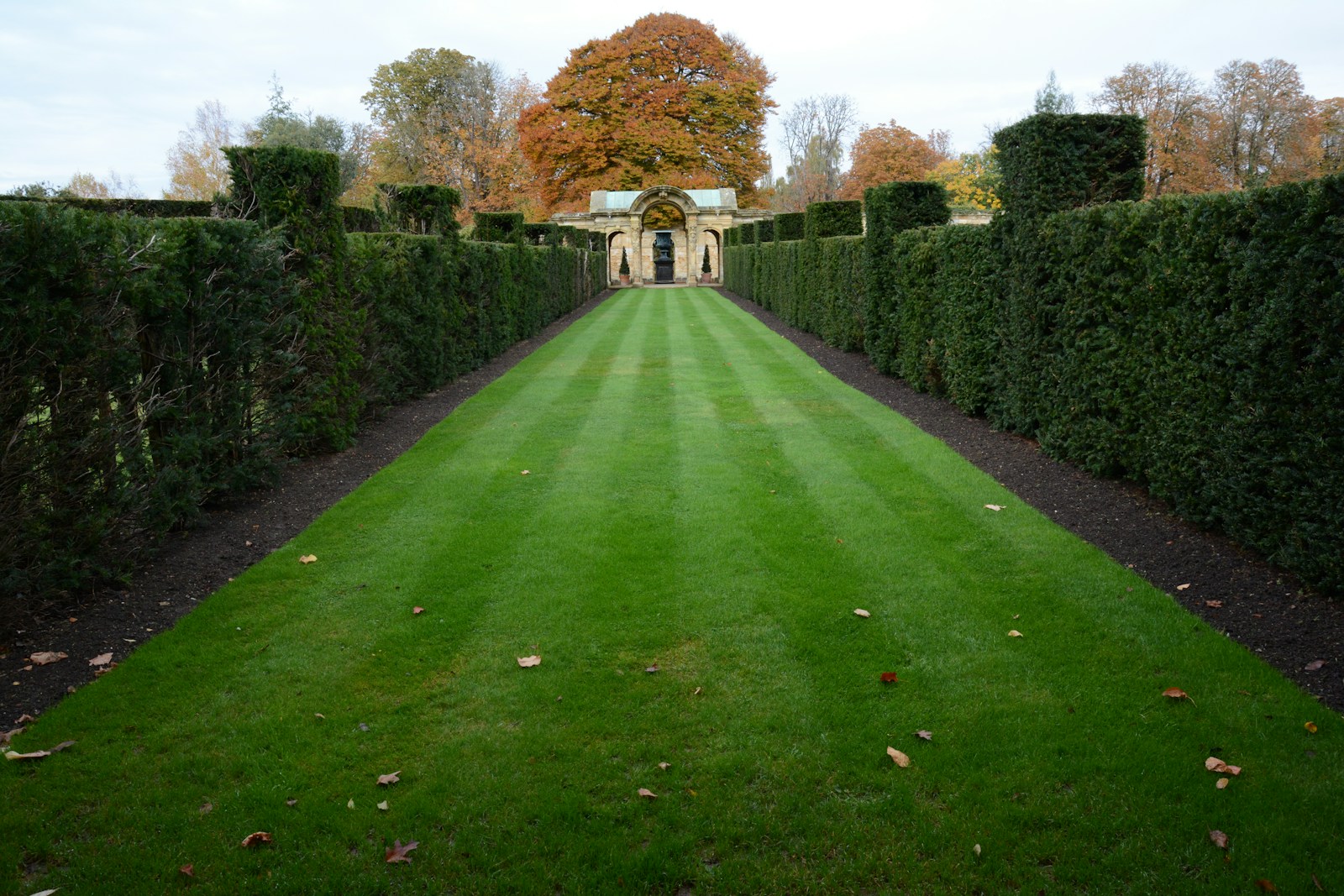The timing of the first lawn cut depends on several factors, including the type of grass, local climate, and growing conditions. Here are some general guidelines to help you determine when to make the first cut of the season:
- Grass Growth:
- Wait until the grass has started actively growing. In many regions, this occurs in early spring when soil temperatures begin to rise. Typically, you’ll see the grass turning green and showing signs of new growth.
- Soil Temperature:
- Grass growth is closely tied to soil temperature. The ideal soil temperature for most cool-season grasses (like Kentucky bluegrass, fescue, and ryegrass) is around 50 to 65 degrees Fahrenheit (10 to 18 degrees Celsius). Warm-season grasses (like Bermuda, Zoysia, and St. Augustine) start growing when soil temperatures are consistently above 60 degrees Fahrenheit (15 degrees Celsius).
- Height of the Grass:
- The first mowing should occur when the grass reaches a height that requires cutting. Typically, this is when the grass is about 3 to 4 inches tall. Avoid cutting more than one-third of the grass height in a single mowing to prevent stress to the lawn.
- Time of Year:
- In most regions with distinct seasons, the first cut usually takes place in early spring. However, if you live in a milder climate where grass grows throughout the year, the first cut may happen earlier.
- Frost-Free Period:
- Wait until the risk of frost has passed before the first mowing. Cutting the grass too early when frost is still a possibility can damage the tender new growth.
- Dry Conditions:
- Ideally, mow the lawn when the grass and soil are dry. Mowing wet grass can lead to an uneven cut and may promote the spread of diseases.
- Mower Maintenance:
- Ensure that your lawn mower is in good working condition before the first cut. Sharpen the mower blades, check the oil, and replace or clean the air filter.
Remember that these are general guidelines, and the specific timing may vary based on your local climate and the type of grass in your lawn. Observing the growth patterns of your grass and monitoring soil temperatures can help you determine the optimal time for the first cut of the season.


